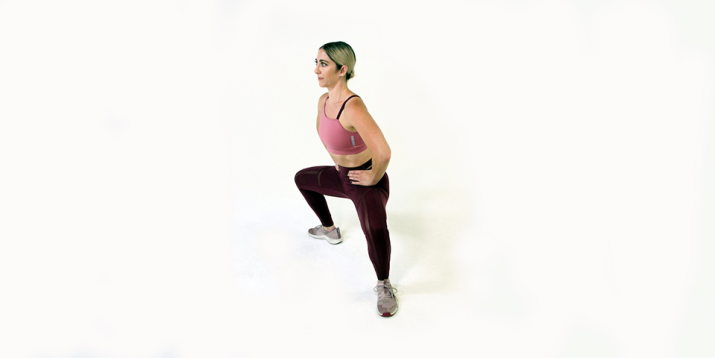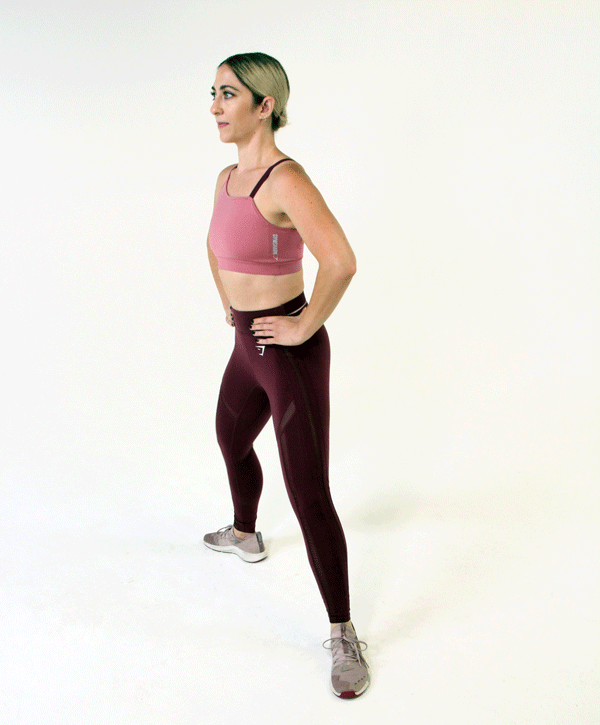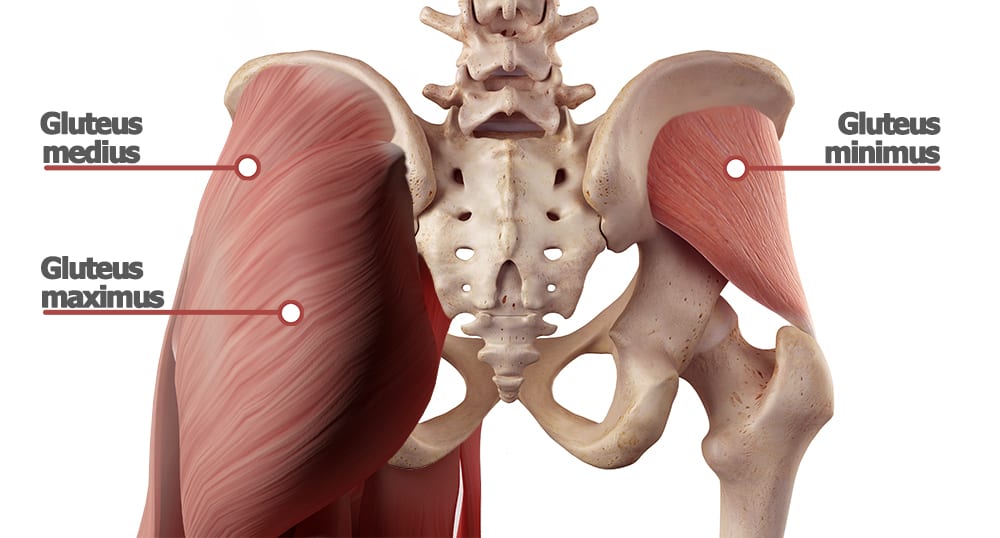How the Frog Squat Can Help Improve All of Your Squats

Many people struggle with getting more depth in their squats.
For those with tight hips — which, at this point, is nearly everyone thanks to so much sitting — the frog squat may be the answer, according to Aaron Leventhal, CSCS, former professional soccer player and owner of Minneapolis-based Fit Studio.
“A frog squat rotates the [thigh] in such a way that you get more space in the hips,” he says. “Because of that, you can often get deeper in your squat, and that will help train you for more depth in other squat variations as well.”
Frog Squat: Step-by-Step Instructions

- Stand with your feet slightly wider than your shoulders and your hands on your hips. Turn your feet outward more than 45 degrees. This is different from a sumo squat position, because your feet are turned out more, almost like a ballet position.
- Keeping your back flat, chest up, and core engaged, push your hips back, bend your knees, and lower your body as far as you can while keeping your chest up and maintaining a neutral spine. When viewed from the side, your torso and shins should form parallel lines (i.e., don’t lean your chest forward).
- Come back up halfway, rather than all the way, to maintain muscle tension.
How to Make the Frog Squat Easier
If you’re finding it challenging to get much depth in your squat:
- Slow down the move and squat halfway down. This can often act as a dynamic warm-up, so you can eventually lower further in subsequent sets.
- Another option is to do the move holding onto something like a railing or countertop for stability.
How to Make the Frog Squat Harder
If you’re able to do lots of frog squats (say, 10 or more) with proper form and good depth, the best way to progress the move is by loading it up, says Leventhal.
- Perform the move holding a barbell on your shoulders, behind your neck, in back squat position.
- Hold a single dumbbell at one end with both hands in front of your waist, or in goblet position.
What Muscles Does the Frog Squat Target?

With a frog squat, you get the benefits of more standard squats, but with greater emphasis on the glutes.
- Glutes: You’ll tighten your gluteal region to extend your hips (push yourself up) and maintain stability.
- Hamstrings: As you rise back up, these muscles on the backs of your thighs will fire to assist in hip extension.
- Quads: As you rise back out of the squat position, these muscles on the fronts of your thighs extend your knee joints.
- Core: Also working to stabilize you throughout — especially if you’re adding weight — are your abs, obliques, and lower back muscles.
- Hip adductors: These are the muscles of the inner thigh that bring your legs together. In the frog squat, they aid in hip extension.
